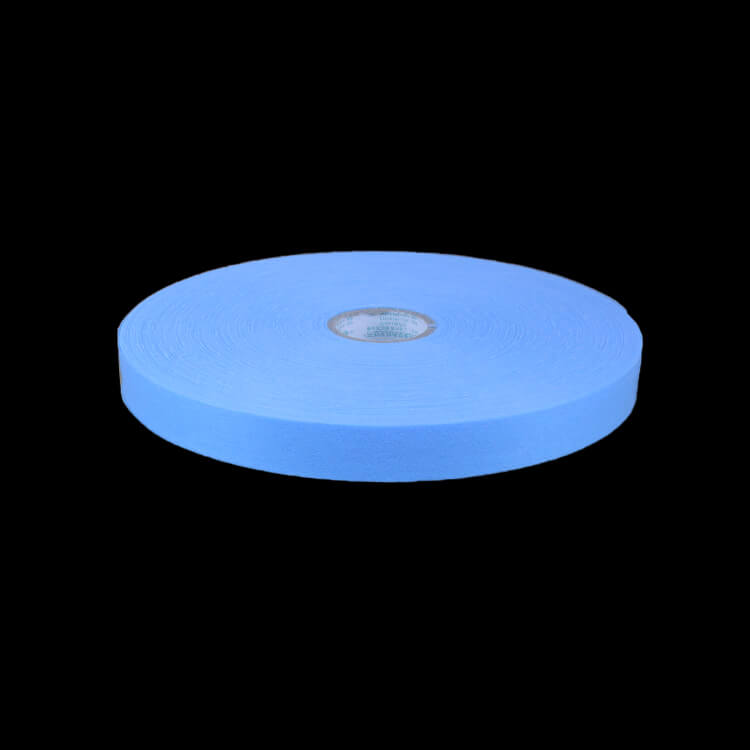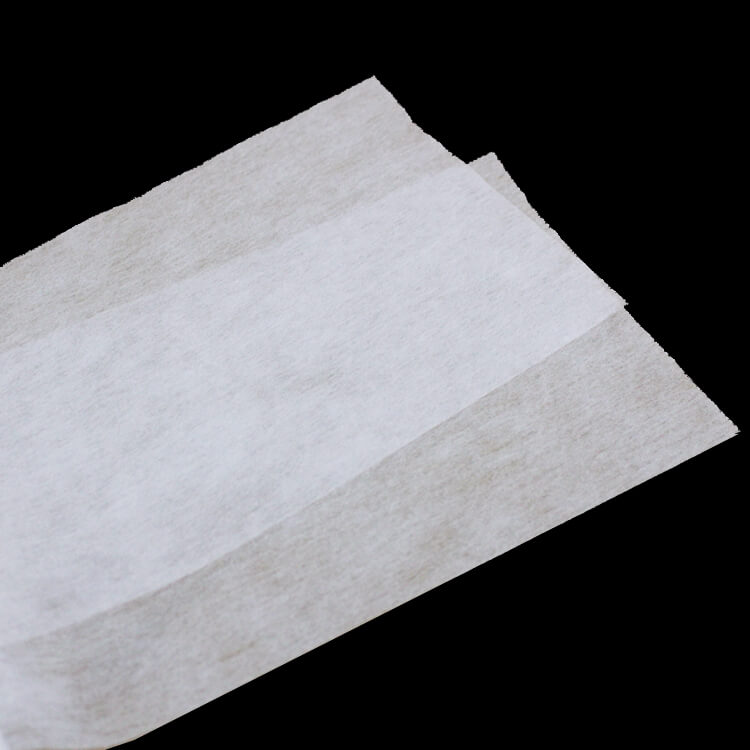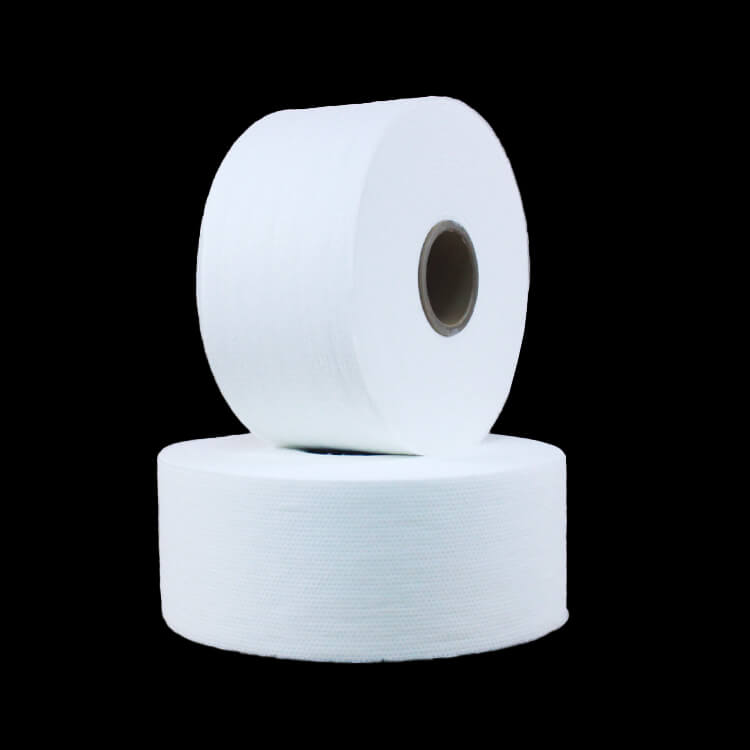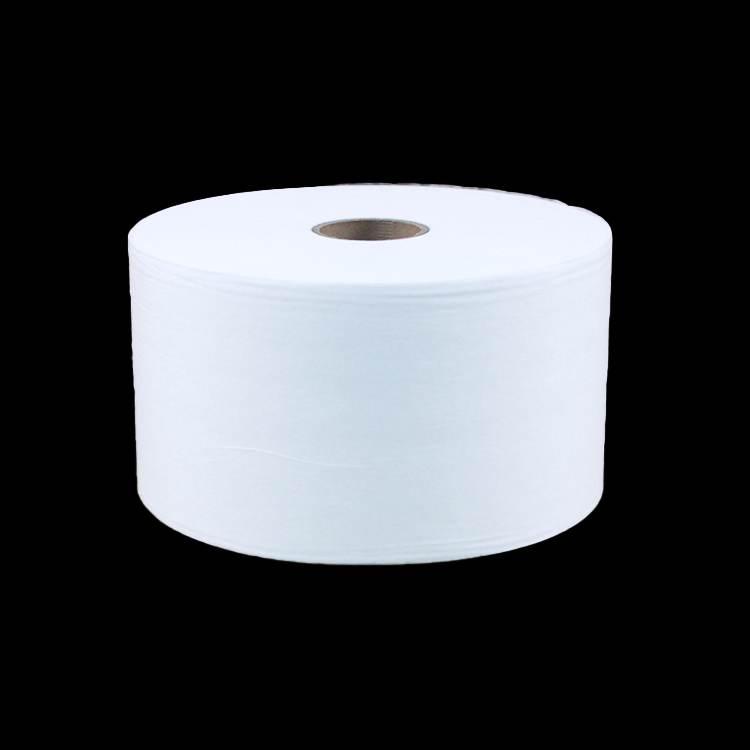Author:Baby & Adult Diaper Materials FROM:Diaper Materials Manufacturer TIME:2023-09-11
Diapers have come a long way since their inception, and with advancements in technology, the next generation of diapers is poised to revolutionize the industry. One such breakthrough is the harnessing of non-woven fabrics in diaper production. These innovative materials offer numerous advantages over traditional fabrics, making them ideal for creating high-performance and sustainable diapers. In this article, we will explore the potential of non-woven fabrics and their impact on the future of diaper manufacturing.

One of the key benefits of using non-woven fabrics in diapers is the enhanced comfort and softness they provide. Unlike woven fabrics, non-woven fabrics are made by bonding or interlocking fibers together, resulting in a smoother, softer surface. This gentle touch against the baby's skin reduces friction and irritation, keeping them comfortable and happy throughout the day.
In addition to improved softness, non-woven fabrics also offer better breathability. The porous nature of these materials allows air to circulate, preventing excessive moisture build-up and reducing the risk of diaper rash. With increased airflow, babies' sensitive skin remains dry and healthy, enhancing overall comfort.

Another advantage of harnessing non-woven fabrics in next-gen diapers is their superior absorption capabilities. Traditional fabrics often struggle to efficiently absorb and distribute liquids, leading to leaks and discomfort. Non-woven fabrics, on the other hand, are designed to trap and lock in moisture quickly and effectively.
Manufacturers can customize the structure and composition of non-woven fabrics to enhance their absorbency. By incorporating superabsorbent polymers into the fabric or creating specialized channels for liquid distribution, diaper manufacturers can create diapers that can handle heavy wetting and prevent leakage. This increased absorption capacity ensures that babies stay dry for longer periods, reducing the need for frequent diaper changes.

As the world becomes more conscious of environmental sustainability, the use of non-woven fabrics in diapers aligns with this global trend. Non-woven fabrics are typically made from synthetic fibers such as polypropylene, which can be recycled or incinerated without releasing harmful toxins into the environment. Compared to traditional cloth diapers, which require water and energy-intensive laundering processes, non-woven fabrics present a more eco-friendly alternative.
Furthermore, advancements in biodegradable and compostable non-woven fabrics allow for the creation of diapers that minimize their environmental impact. By using plant-based fibers like bamboo or corn starch, manufacturers can produce diapers that break down naturally, reducing waste in landfills.
In conclusion, harnessing non-woven fabrics for next-gen diapers offers a multitude of benefits. From enhanced comfort and softness to superior absorption and leakage protection, these materials are poised to revolutionize the industry. Additionally, their sustainability and eco-friendly attributes make them a viable option for environmentally conscious consumers. As technology continues to advance, we can expect further innovations in diaper production, ensuring that babies' needs are met while minimizing environmental impact.





 Email: info@whldiapernonwoven.com
Email: info@whldiapernonwoven.com
 MP/WhatsApp: +86-13599937366
MP/WhatsApp: +86-13599937366
 Manufacturer Address:Room 1105B, Bld M1, Manhattan, Yulongwan, Shimao, Shuanglong Road, Meiling Street, Jinjiang, Fujian, China
Manufacturer Address:Room 1105B, Bld M1, Manhattan, Yulongwan, Shimao, Shuanglong Road, Meiling Street, Jinjiang, Fujian, China